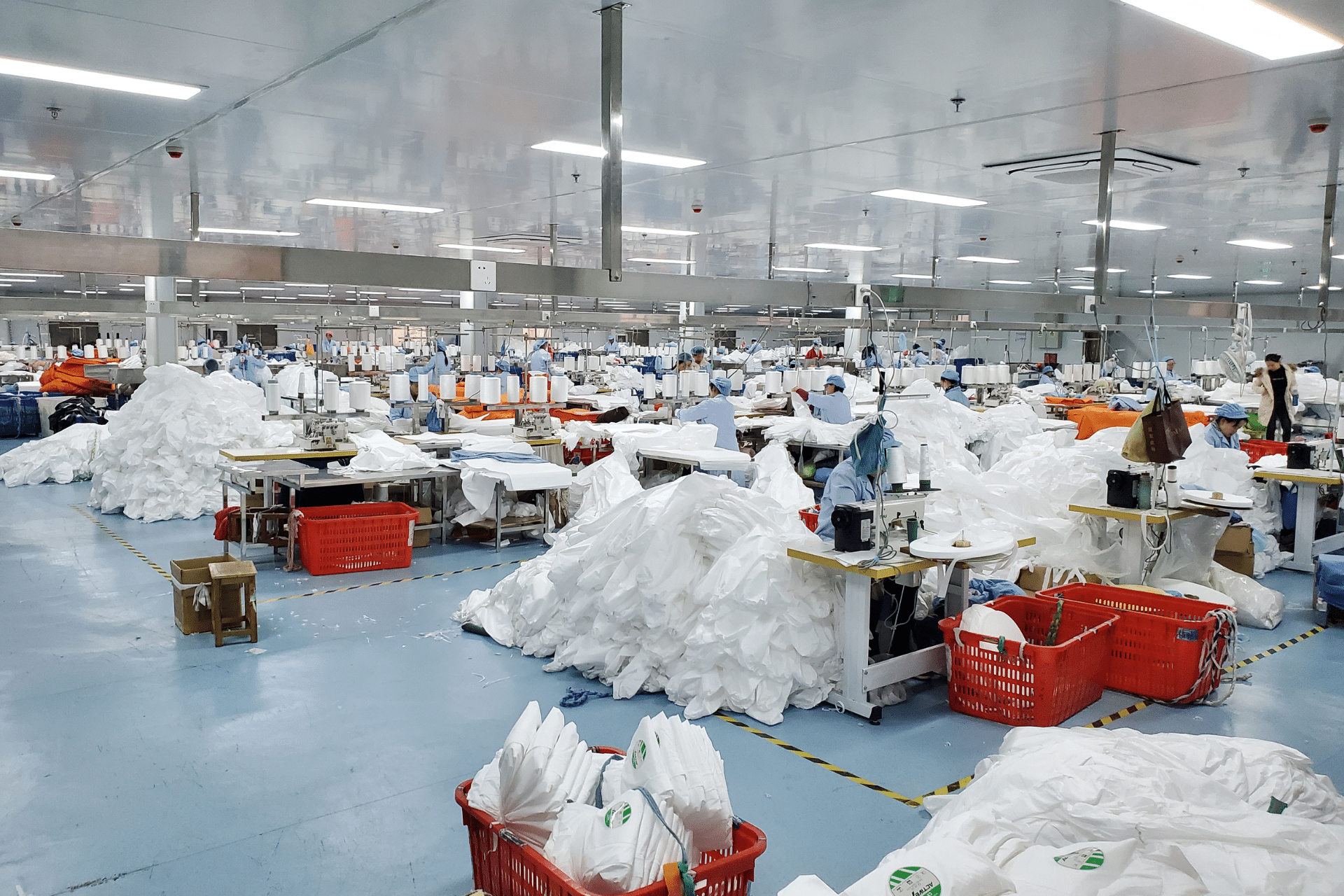Welcome to the intriguing world of operating table covers—a niche yet vital component in the healthcare sector. In this deep dive, we’ll explore the cutting-edge trends and burgeoning market opportunities that are reshaping this industry. Operating table covers, often overlooked, play a pivotal role in ensuring sterility and efficiency in surgical environments. As we move forward, technological innovations and changing market dynamics are opening up new avenues for growth and development in this specialized field.
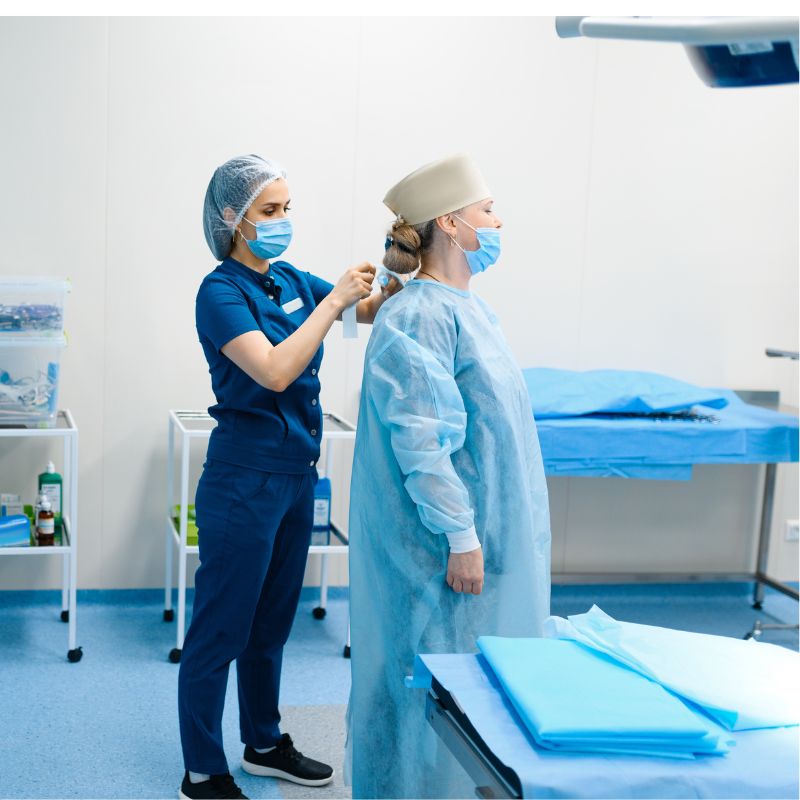
The Evolution of Operating Table Covers
The journey of operating table covers from basic, utilitarian drapes to advanced, multifunctional tools mirrors the evolution of medical science itself. In the past, these covers were simple, often rudimentary fabrics designed merely to protect the operating table. However, with the advent of more complex surgical procedures and heightened awareness of infection control, the demand for more sophisticated covers has surged. Today, they are not only about protecting the equipment but also about enhancing the sterility and efficiency of the surgical environment.
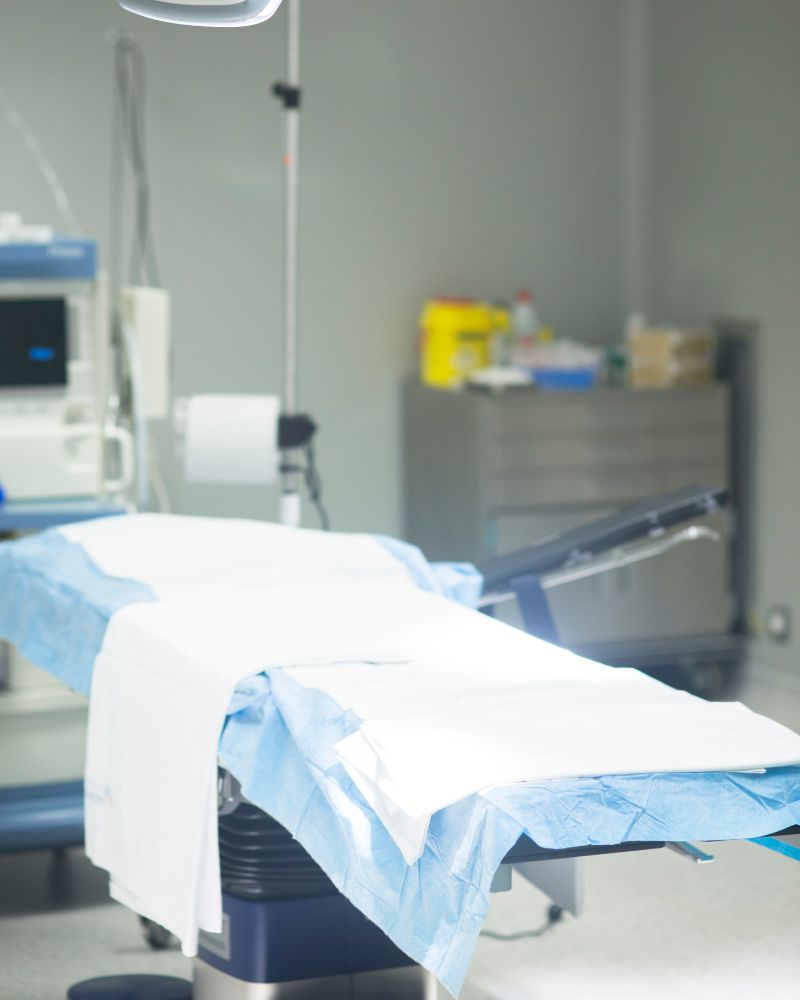
Material Innovations in Operating Table Covers
Sustainable Materials
In an era where sustainability is paramount, the operating table cover industry is not falling behind. The shift towards eco-friendly materials is a response to the growing environmental concerns and the healthcare industry’s commitment to reducing its ecological footprint. Sustainable covers, made from biodegradable or recycled materials, are gaining popularity. They offer the same level of sterility and protection as traditional covers but with the added benefit of being environmentally responsible.
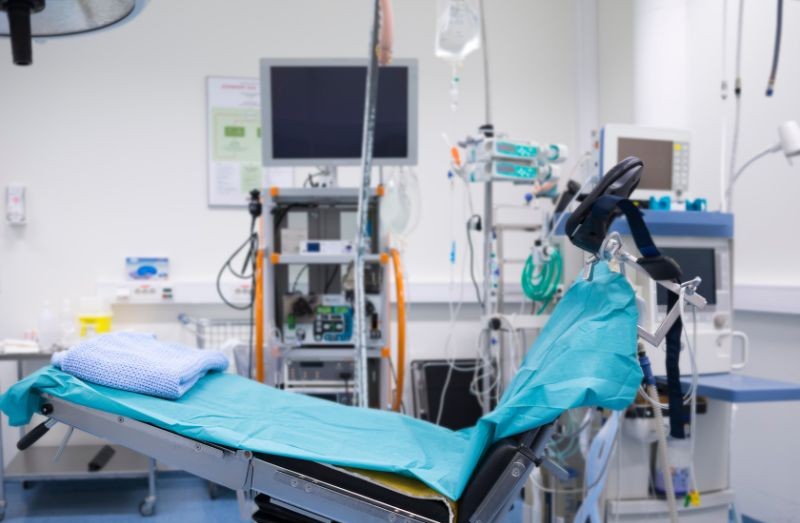
Antimicrobial Fabrics
The introduction of antimicrobial fabrics in operating table covers is a significant leap forward in infection control. These innovative materials are embedded with agents that actively combat microbes, reducing the risk of cross-contamination and healthcare-associated infections. This feature is particularly crucial in settings with high-risk patients or complex surgeries where the risk of infection is elevated. Antimicrobial covers not only enhance patient safety but also extend the lifespan of the covers by preventing microbial degradation.
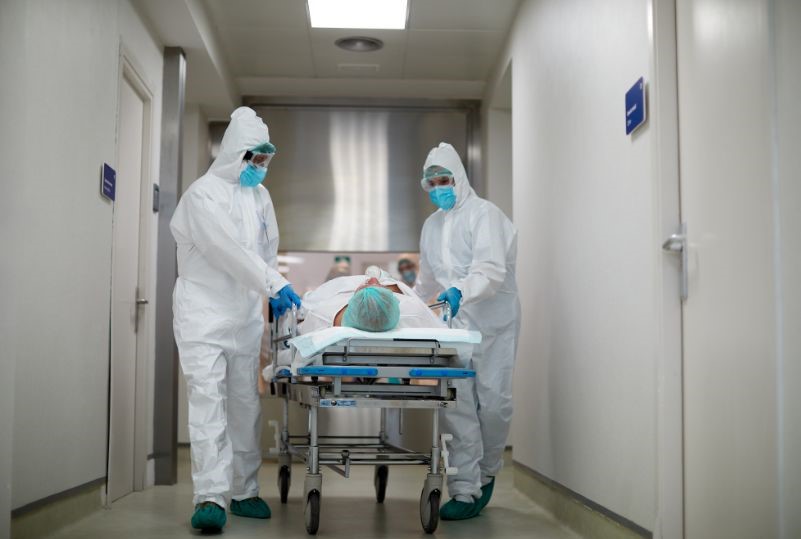
Technological Advancements
Enhanced Sterility Features
Advancements in operating table covers have also focused on enhancing sterility. Modern covers are designed with advanced barrier technologies that prevent the penetration of liquids and microbes, crucial in maintaining a sterile field during surgery. These features are complemented by easy-to-use designs that ensure quick and efficient setup and disposal, reducing the risk of contamination during changeovers.
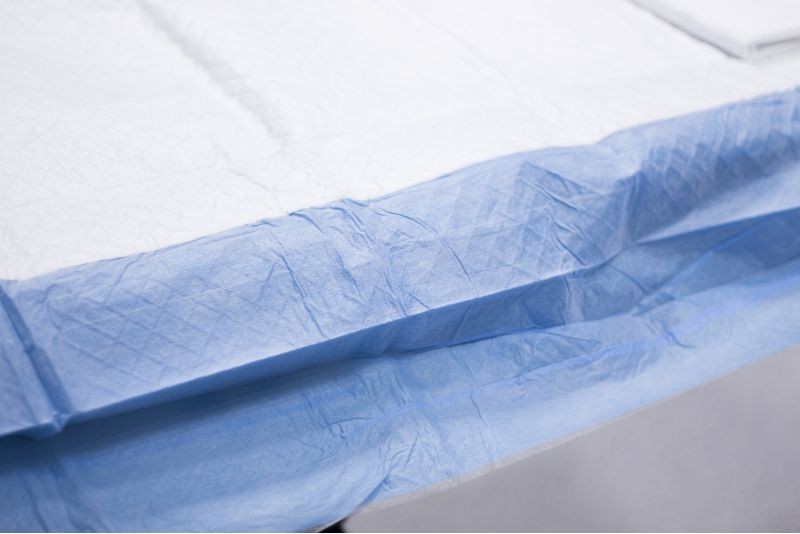
Design Improvements for Enhanced Functionality
Ergonomic Designs
Modern operating table covers are seeing a surge in ergonomic design innovations. These designs focus on ease of use, fitting snugly on various table types while allowing optimal access to the patient. The flexibility and adaptability of these covers make them suitable for a range of surgical procedures, from minor operations to complex surgeries. Ergonomically designed covers not only enhance the functionality of the operating space but also reduce the physical strain on the surgical team, leading to improved overall efficiency.
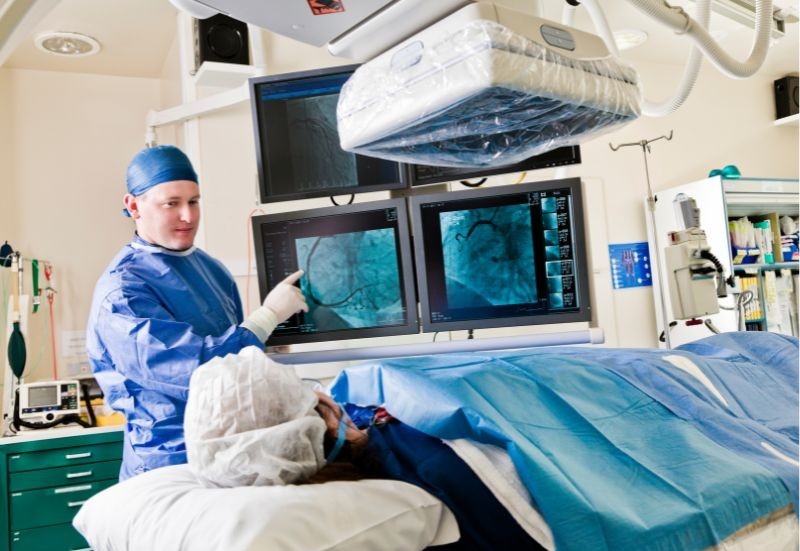
Customization for Specialized Surgeries
Customization is becoming increasingly important in the operating table cover industry. As surgeries become more specialized, the need for covers that cater specifically to different types of procedures is growing. Custom covers can be designed with specific features such as integrated pockets for surgical tools, special openings for robotic arms, or specific textures and thicknesses for different surgical needs. This level of customization enhances the efficiency and safety of surgical procedures, making the operating room more adaptable and responsive to the needs of the surgical team.

Environmental Sustainability in Production
Eco-friendly Manufacturing Processes
The shift towards eco-friendly manufacturing processes in the production of operating table covers is a reflection of the broader move towards sustainability in the healthcare industry. Manufacturers are adopting green practices, such as using renewable energy sources, reducing waste, and implementing recycling programs. These practices not only minimize the environmental impact but also appeal to the growing segment of environmentally conscious consumers.
Reducing Carbon Footprint
In line with global efforts to combat climate change, the operating table cover industry is also focusing on reducing its carbon footprint. This involves optimizing manufacturing processes, reducing energy consumption, and selecting materials that have a lower environmental impact. By addressing the carbon footprint, manufacturers are not only contributing to a healthier planet but also aligning with the sustainability goals of hospitals and healthcare facilities.
Market Demand Post-Pandemic
Increased Demand in Healthcare
The COVID-19 pandemic has brought about a significant increase in demand for medical supplies, including operating table covers. This surge is attributed to the heightened focus on infection control and the rapid expansion of healthcare facilities worldwide. The pandemic has underscored the need for high-quality, reliable medical supplies, propelling the operating table cover industry into a period of accelerated growth and innovation.
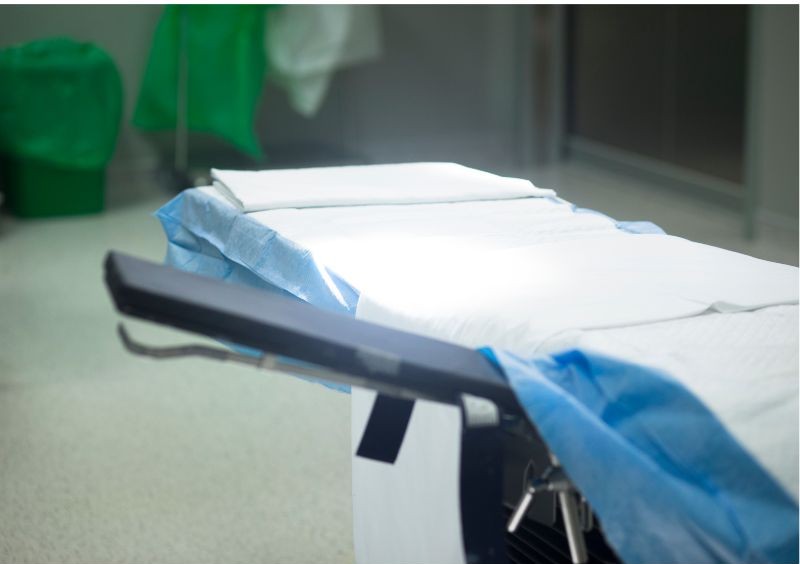
Global Market Trends
The global market for operating table covers is witnessing diverse trends, influenced by regional healthcare needs, regulatory environments, and technological advancements. In developed markets, there is a growing preference for high-tech, customizable covers, while in emerging markets, the focus is on cost-effective and durable solutions. Understanding these regional differences is crucial for manufacturers and suppliers aiming to expand their global footprint.
Regulatory Compliance and Safety Standards
Meeting International Standards
Navigating the complex landscape of international standards and regulations is a critical aspect for manufacturers in the operating table cover industry. Compliance with standards such as ISO and CE marking is essential to ensure product safety and efficacy. Adhering to these standards not only ensures market access but also builds trust with healthcare providers and patients.
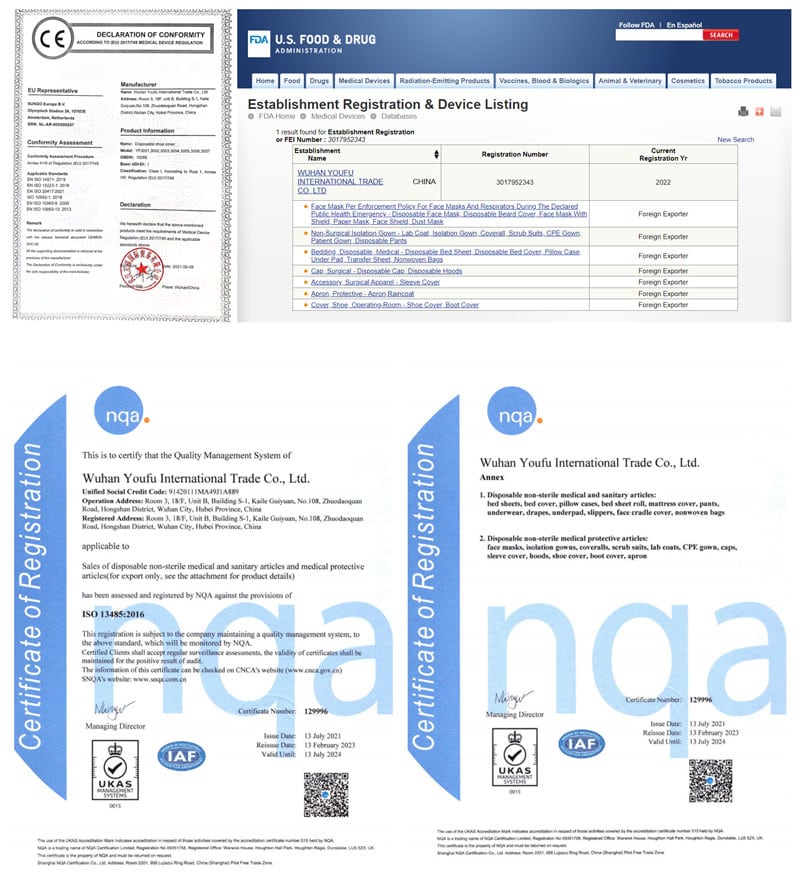
Certification Processes
The certification process for operating table covers involves rigorous testing and quality assurance measures. Manufacturers must consistently meet high standards in material quality, sterility, and performance. Obtaining certifications can be challenging, but it is a crucial step in establishing credibility and ensuring that the products meet the stringent requirements of the healthcare industry.
Challenges and Opportunities for Suppliers
Supply Chain Management
Effective supply chain management is a significant challenge for suppliers in the operating table cover industry. The need to balance cost, efficiency, and quality while navigating global logistics and fluctuating market demands requires strategic planning and flexibility. However, these challenges also present opportunities for innovation in logistics and supply chain optimization.
Expansion into Emerging Markets
Emerging markets present vast opportunities for suppliers of operating table covers. These markets are characterized by rapidly growing healthcare sectors and an increasing demand for medical supplies. For suppliers, expanding into these markets requires understanding local healthcare needs, regulatory landscapes, and establishing strong distribution networks. Successfully tapping into these markets can lead to significant growth and a broader customer base.
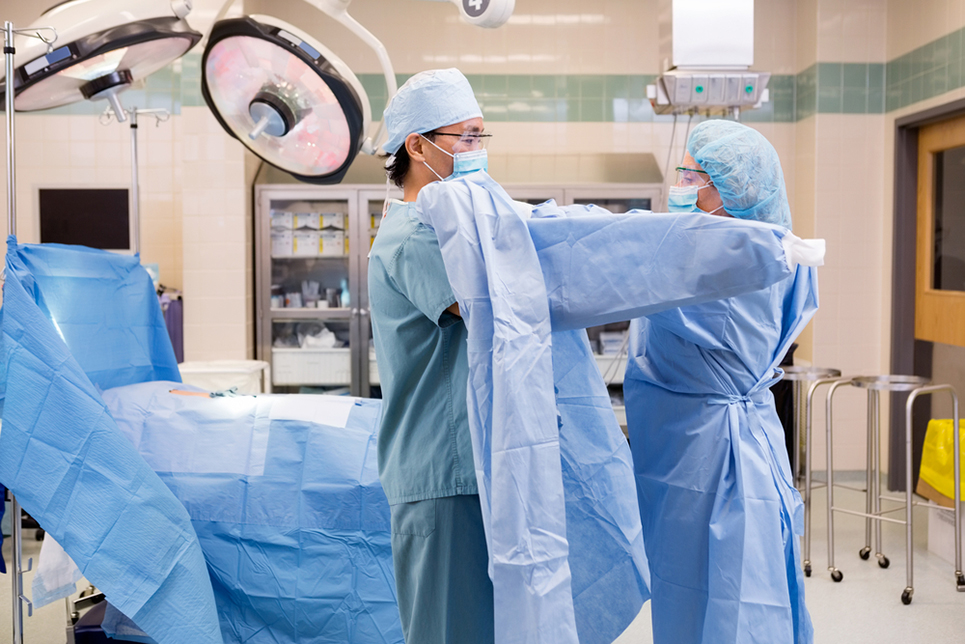
Conclusion
In conclusion, the operating table cover industry is at an exciting juncture, marked by rapid advancements and growing market opportunities. From technological innovations to sustainable manufacturing practices, the industry is evolving to meet the changing needs of the healthcare sector. As we look to the future, the industry is well-positioned to continue its growth trajectory, driven by the twin forces of innovation and market demand.
FAQs:
- What makes sustainable materials in operating table covers important? Sustainable materials are important as they reduce environmental impact and align with the healthcare sector’s commitment to eco-friendly practices.
- How do smart operating table covers contribute to surgical safety? Smart covers equipped with sensors provide real-time data on sterility and environmental conditions, enhancing safety and efficiency in surgeries.
- Why is customization important in operating table covers? Customization allows for covers to be tailored to specific surgical procedures, improving functionality and safety in the operating room.
- How did the pandemic impact the demand for operating table covers? The pandemic increased demand for medical supplies, including operating table covers, due to the heightened focus on infection control and the expansion of healthcare facilities.






